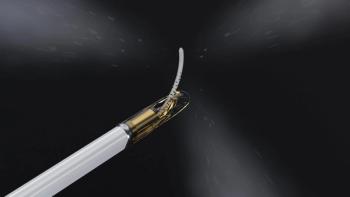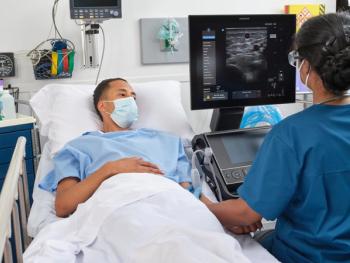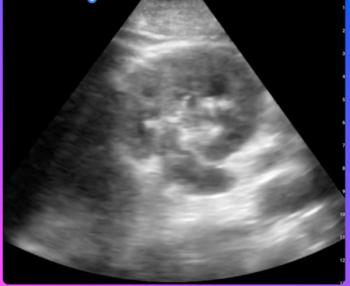
Competition heats up in ultrasound
Ultrasound vendors faced intense competition during the secondquarter of this year. Diasonics reported that pricing pressureskept its ultrasound business in the red for the second quarter(end-June). Ultrasound revenue remained at about the same levelas
Ultrasound vendors faced intense competition during the secondquarter of this year. Diasonics reported that pricing pressureskept its ultrasound business in the red for the second quarter(end-June). Ultrasound revenue remained at about the same levelas the first quarter of 1991, the vendor said.
Overall, however, Diasonics had a 17% jump in revenue, from$59.5 million in the second quarter of 1990 to $69.5 million inthe same period this year. Net income from continuing operationsfor the quarter rose 16%, from $4.3 million in 1990 to $5 millionin 1991.
Westmark International's net income for the second quarterof 1991 (also end-June) was halved from $5.3 million in 1990 to$2.2 million. Overall revenues declined 10.5% from $126 millionin the second quarter of 1990 to $114.2 million in the same periodof this year. Spacelabs, Westmark's patient monitoring company,had an 11% growth in revenue, while sales at ultrasound subsidiaryATL dipped 23%.
The decline in ATL's ultrasound business resulted from shipmentof non-revenue units during the introduction of its high-definitionimaging (HDI) upgrade to the Ultramark 9 scanner, an increasein backlog for the UM9, and a drop in shipments of low- and mid-tiersystems, Westmark said.
The picture was brighter for Acuson. The dedicated high-endultrasound vendor saw both net sales and net income rise 18% duringthe same quarter. Sales rose to $82.7 million from $70.2 millionin the second quarter of 1990. Net income jumped from $11.8 millionin the second quarter of last year to $14.4 million during thesame period of 1991.
Newsletter
Stay at the forefront of radiology with the Diagnostic Imaging newsletter, delivering the latest news, clinical insights, and imaging advancements for today’s radiologists.




























